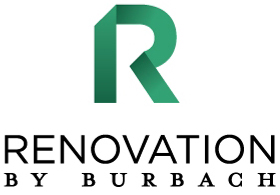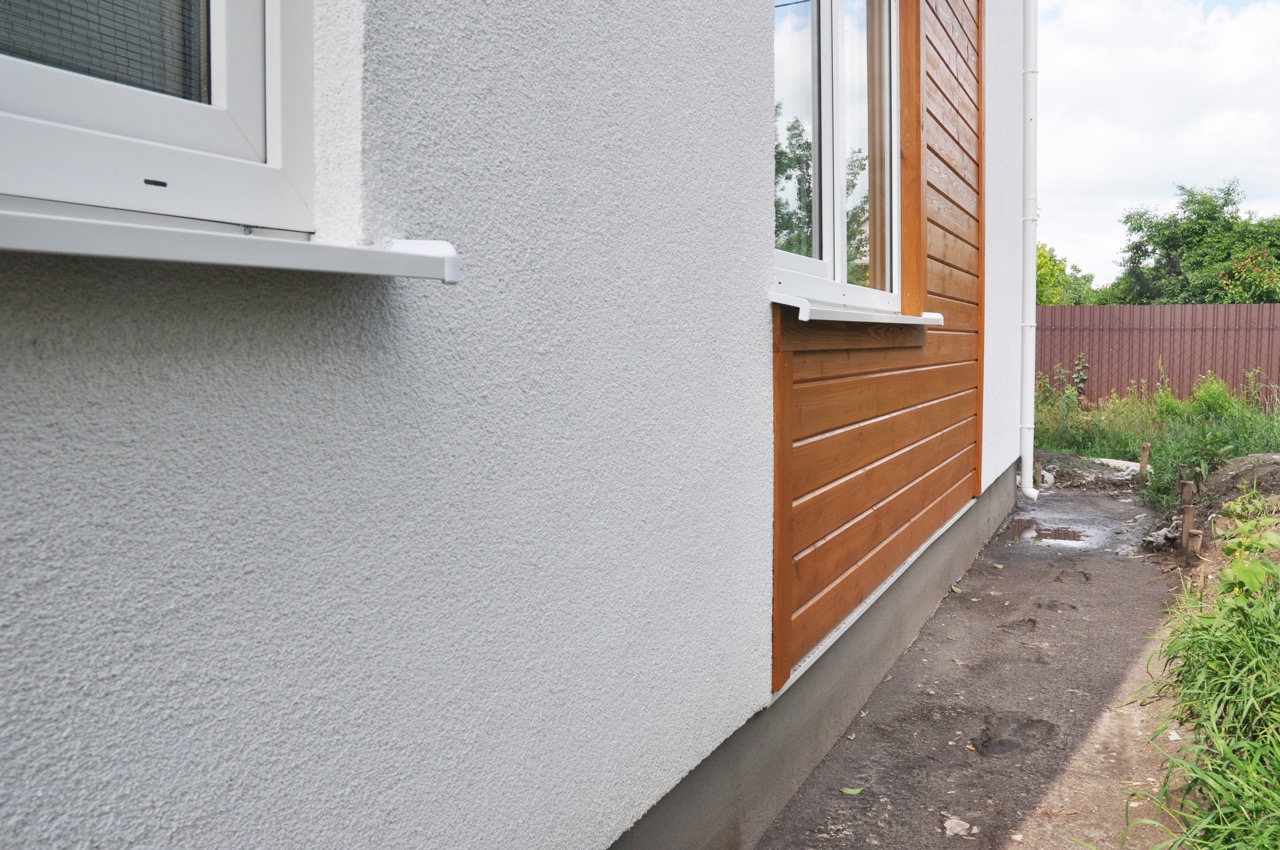If you’re in the market for a new home exterior, stucco siding may be a good option to consider.
Stucco is made of cement, sand, and water and can be applied in several different ways to create beautiful designs. It is often used in Mediterranean-style homes and can last for many years if properly maintained. If you have questions about stucco siding, Burbach Exteriors has answers.
The Benefits of Stucco Siding
In addition to being so visually versatile, stucco is a long-lasting building material. Other benefits include:
- It is low maintenance and does not require painting
- Stucco is fire resistant
- It acts as another layer of insulation
- It is termite resistant
- Stucco takes color well
- It can be manipulated to resemble other building materials
The look and durability of stucco can increase your home’s value and curb appeal, as well as help regulate the comfort levels inside your home.
More on Stucco’s Versatility
Stucco is such a versatile building material that it is used in architectural styles ranging from Mediterranean to English Tudor. It graces the exterior of famous buildings including the Colosseum in Rome and the Taj Mahal in India. It may also make an appearance at your grandmother’s vacation home in Southern Utah or a retirement community in Florida. Stucco knows no limits when it comes to protecting a building’s exterior and enhancing its beauty.
Just because it has been used extensively in the past doesn’t mean stucco is outdated. On the contrary, to this day it remains a popular building material for exteriors and interiors in homes.
STUCCO CAN BE USED ON MORE THAN JUST SIDING
As you know, stucco is commonly used on exterior walls as siding or veneer, but it can also be used to create stucco moldings and trim. It can be applied in different textures and finishes to create unique looks.
What Stucco is Made Of
So what is this popular material made of? Stucco is a cement-based material, which is what makes it so strong and durable. The main ingredients in stucco are Portland cement, silica sand, and water. In the past, stucco was often referred to as plaster, and there are entire industries that go to great lengths to restore historic plaster or stucco structures and art.
How Stucco is Applied
Stucco can be applied in different ways to create different textures and looks. It can be troweled on smooth, stippled for a textured look, or floated for a more rustic look.
If you’re considering stucco siding for your home, Burbach Exteriors can help you choose the right style and design to fit your needs. We have over 30 years of experience working with stucco siding and can help you maintain its beauty for many years to come.
What Climates Are Good for Stucco?
Stucco siding holds up well in hot, dry climates like those found in much of the southwestern United States. It can also withstand cold weather and heavy rains. If you live in an area with high humidity, stucco may not be the best option as it can crack in these conditions.
In northern Utah, you can make stucco work despite our snowy winters. Since even winter tends to feature low humidity levels, stucco can sustain the exposure to snow. The hot, dry summers also present ideal conditions for stucco siding to thrive and last for years without much maintenance required.
Alternatives to Stucco Siding
Stucco can be an expensive option, there are many more budget-friendly materials to choose from. Or, if you live in an area with high humidity, stucco may not be the best option as it can deteriorate more quickly due to moisture. Here are some options to consider if you love the look of stucco but find it’s not the right fit for your project:
- Brick
- Stone
- Vinyl siding
- Wood siding
- Fiber cement siding
- Aluminum siding
- Steel siding
CONTACT BURBACH EXTERIORS TODAY
801-683-2122
Whether you’re doing a remodel or a new build, Burbach Exteriors is here to help. With decades of experience and a multitude of projects in our portfolio, we have the expertise to get the results you want.


